Bird nests are very interesting. I came across an article once that claimed that one bright spark had concluded that every bird had to learn to build a nest from scratch. Thus one is led to assume that there would be millions of nest been built with not a single one being identical to another, even within the same species.
Yet every bird species builds its nest exactly the same. Where they differ is sometimes dictated by the material available. Fibres of baling twine are a favourite with some. When soft moss isn’t available than the hair of the resident cat or dog will serve the purpose.
Also how they attach their nests to twigs and branches is ingenious. It is awesome how they weave and knit grass, plant fibres, small twigs and what have you into a nest.
Sometimes they struggle. A resident pair of young swallows started building their nest…only half a meter apart. Bit by bit some crazy elongated nest formed, which when their efforts joined up looked more like stretched bubblegum. In the end one end of this contraption looked like a nest. Problem was that they built it during cool Spring weather high inside my workshop. When Summer arrived the temperature would be 45 degrees C up there. The eggs were too hot and would never hatch, but the birds persevered for weeks on end with of course no success.
A pair of redstarts used a breeze block I suspended from the roof to make their nest in year after year. Weaverbirds in Africa kill off the palms they make their nest in. A coot in Delft in The Netherlands made a bizarre nest. Magpies use sticks and large twigs for their messy nests. Swallows use clay and tits and other small birds make some real cosy and soft nests. It was interesting that Vincent van Gogh was also fascinated by bird nests.
I had a collection of abandoned nests. One of which, a blackbird’s, I used as a model for this copperplate etching.
The plate was etched with Ferric sulphate and citric acid. As it was winter and thus quite cold in the atelier I made up some contraption to keep the mordant at an even 20 degrees C during the etching process. Not having a rosin chest I resorted using enamel spray to obtain an aqua tinting effect.


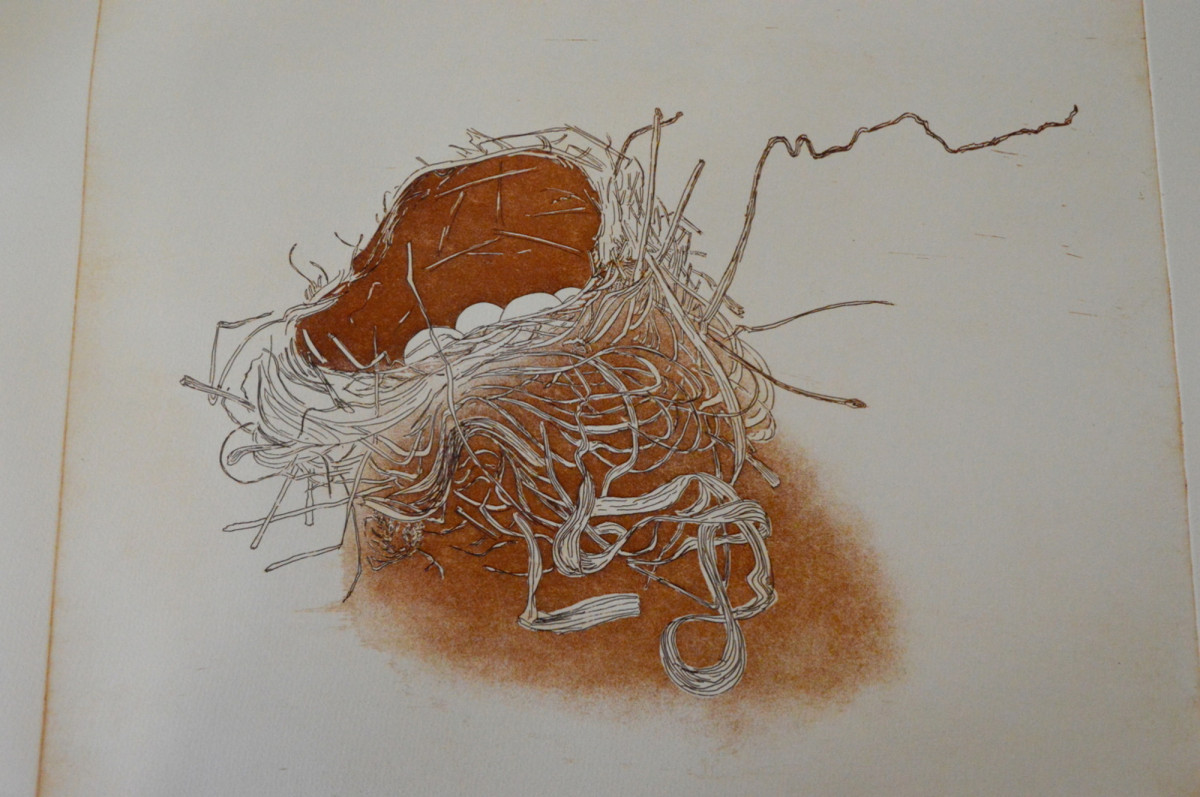
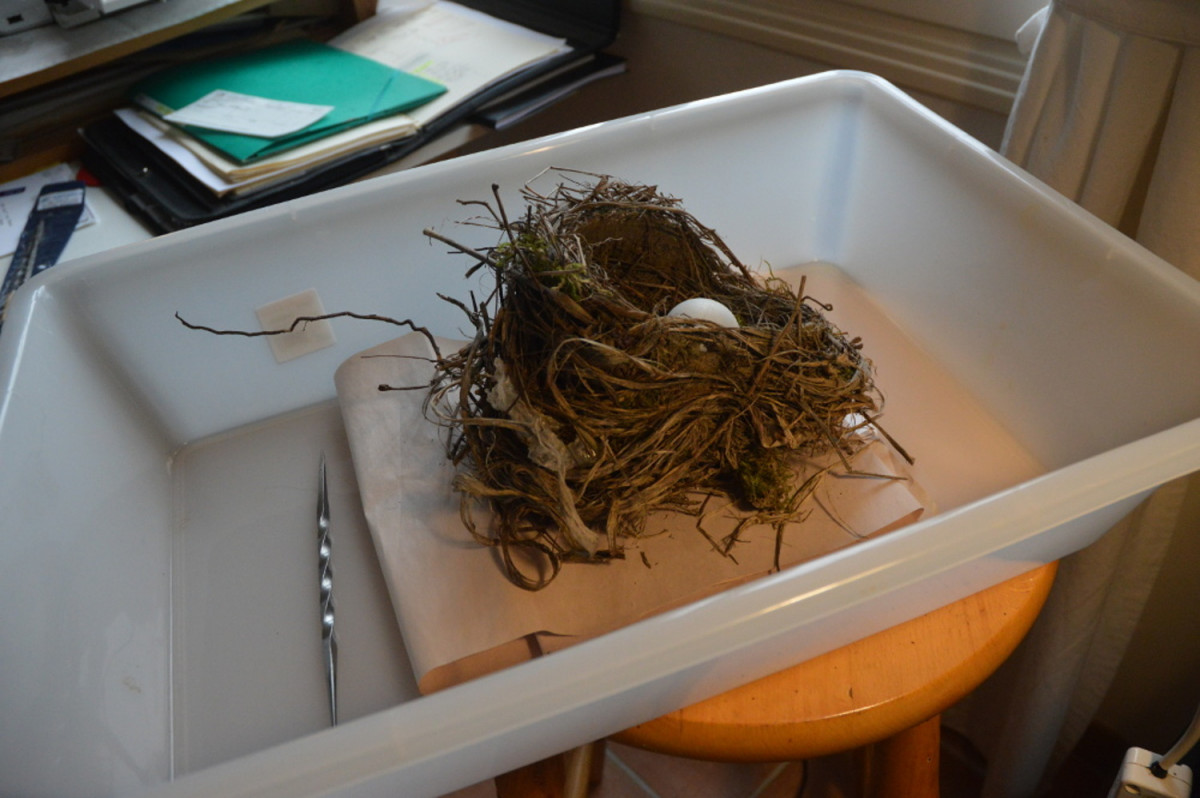
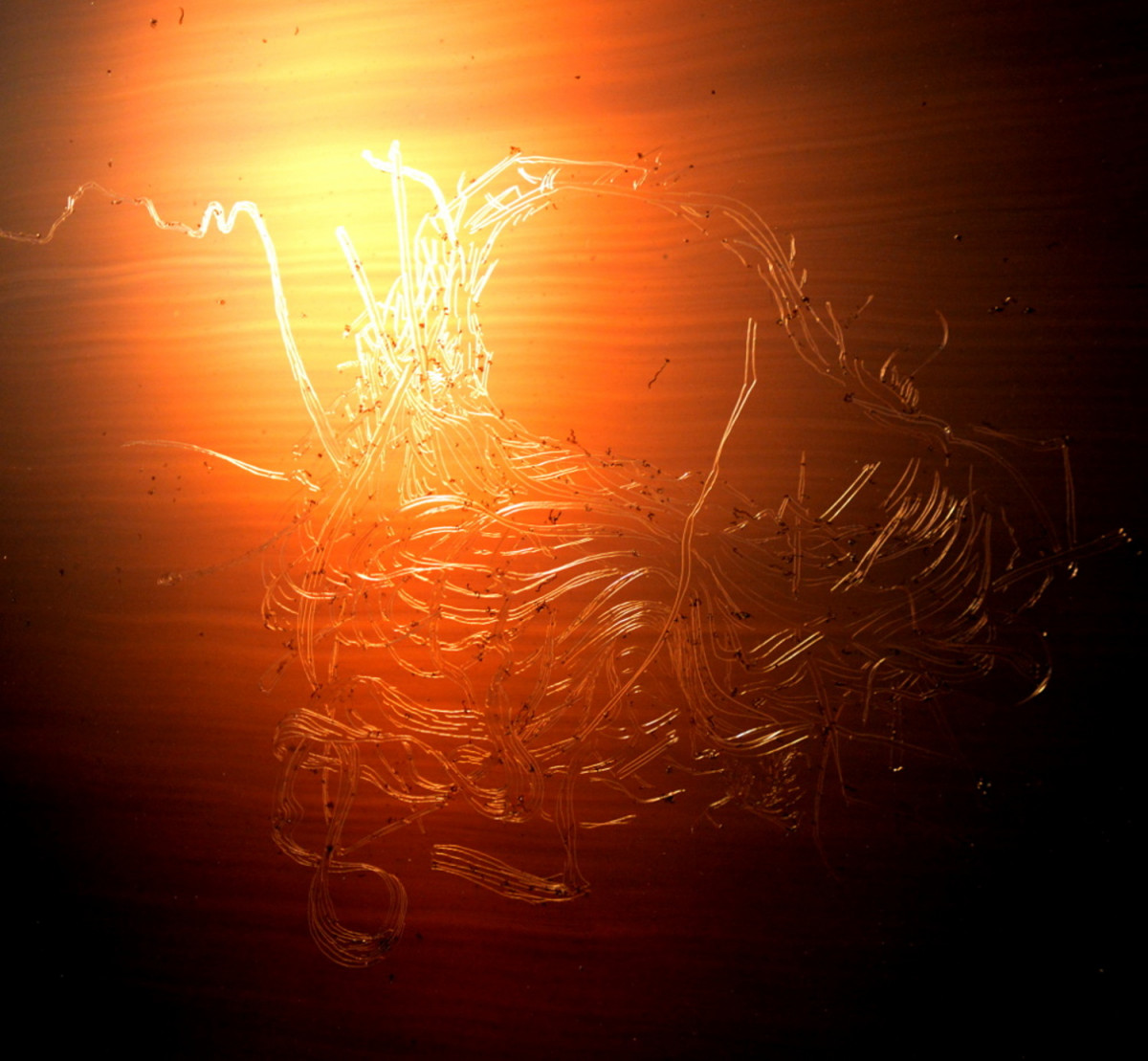
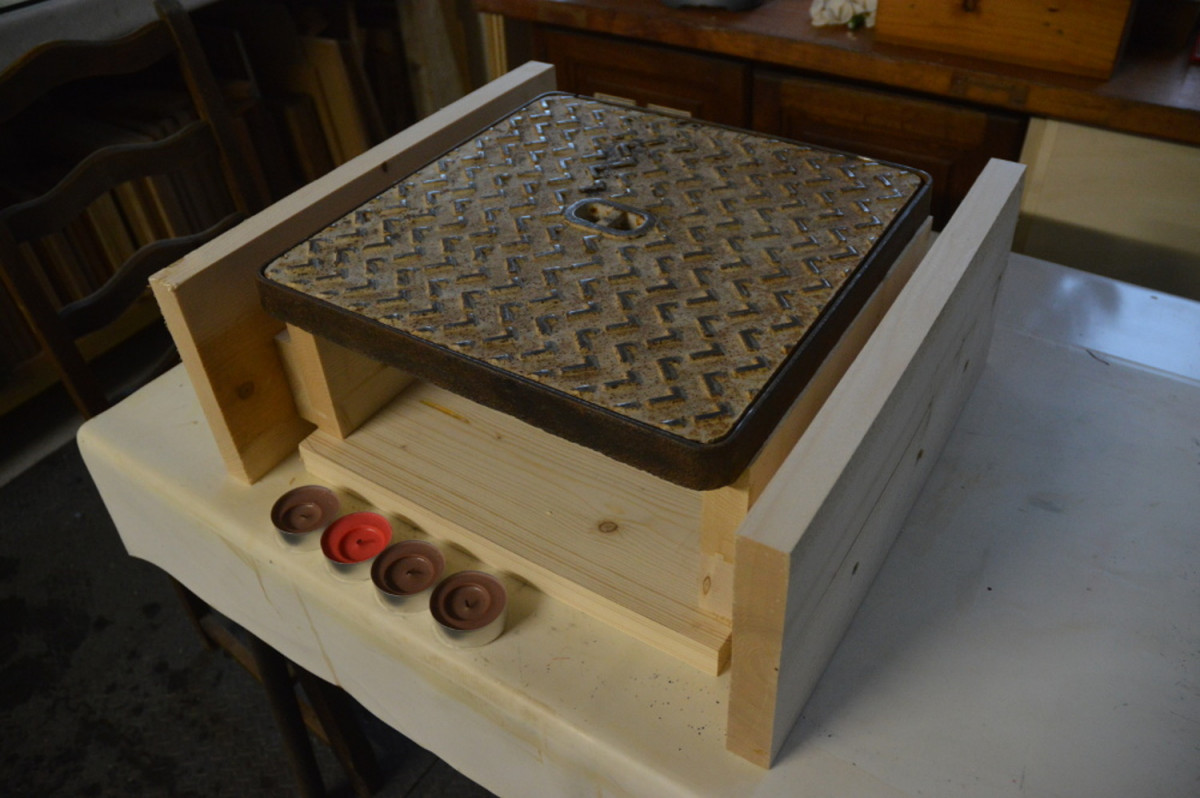
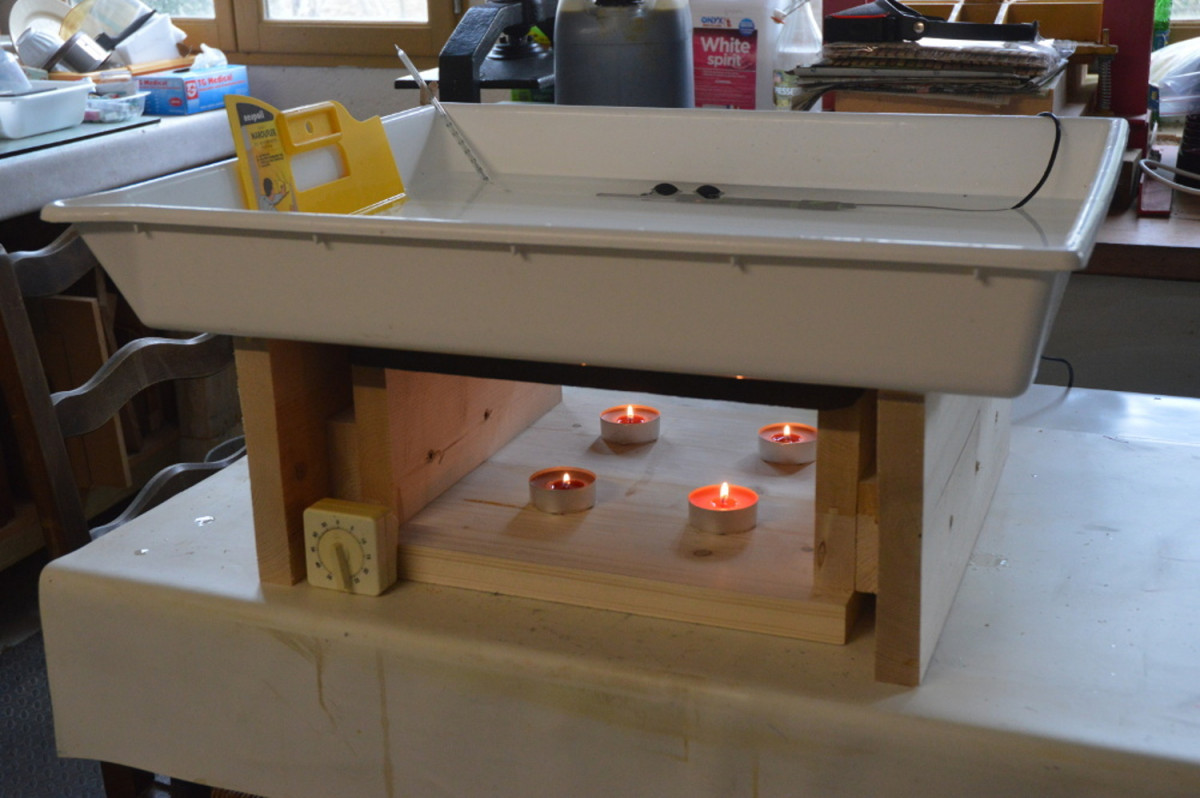
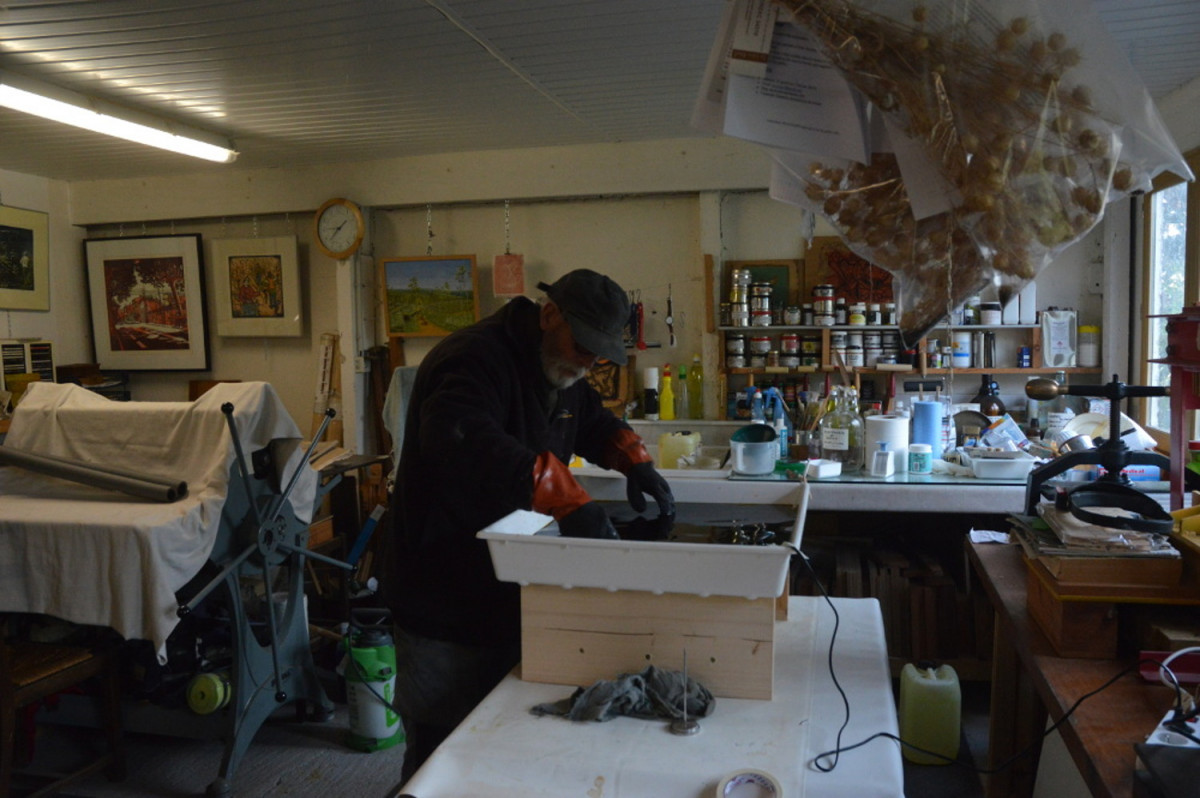
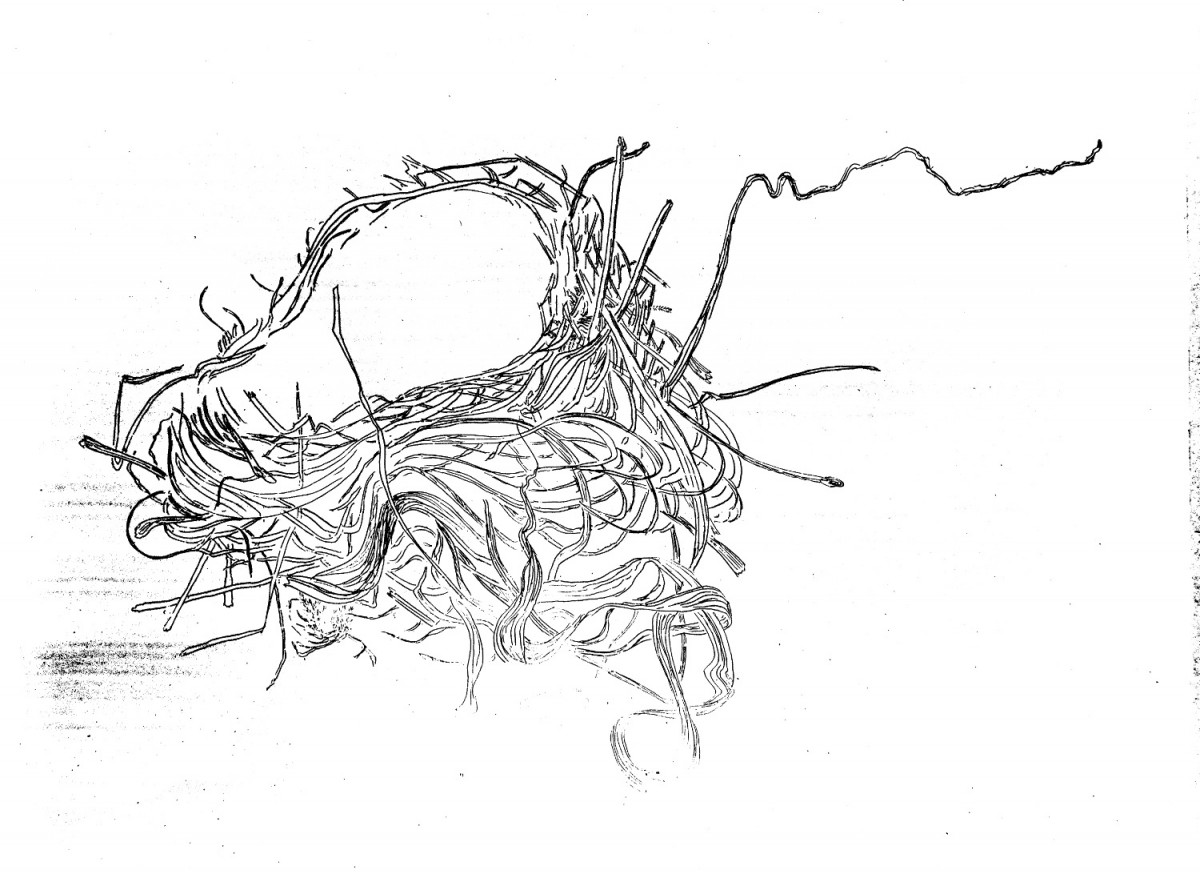
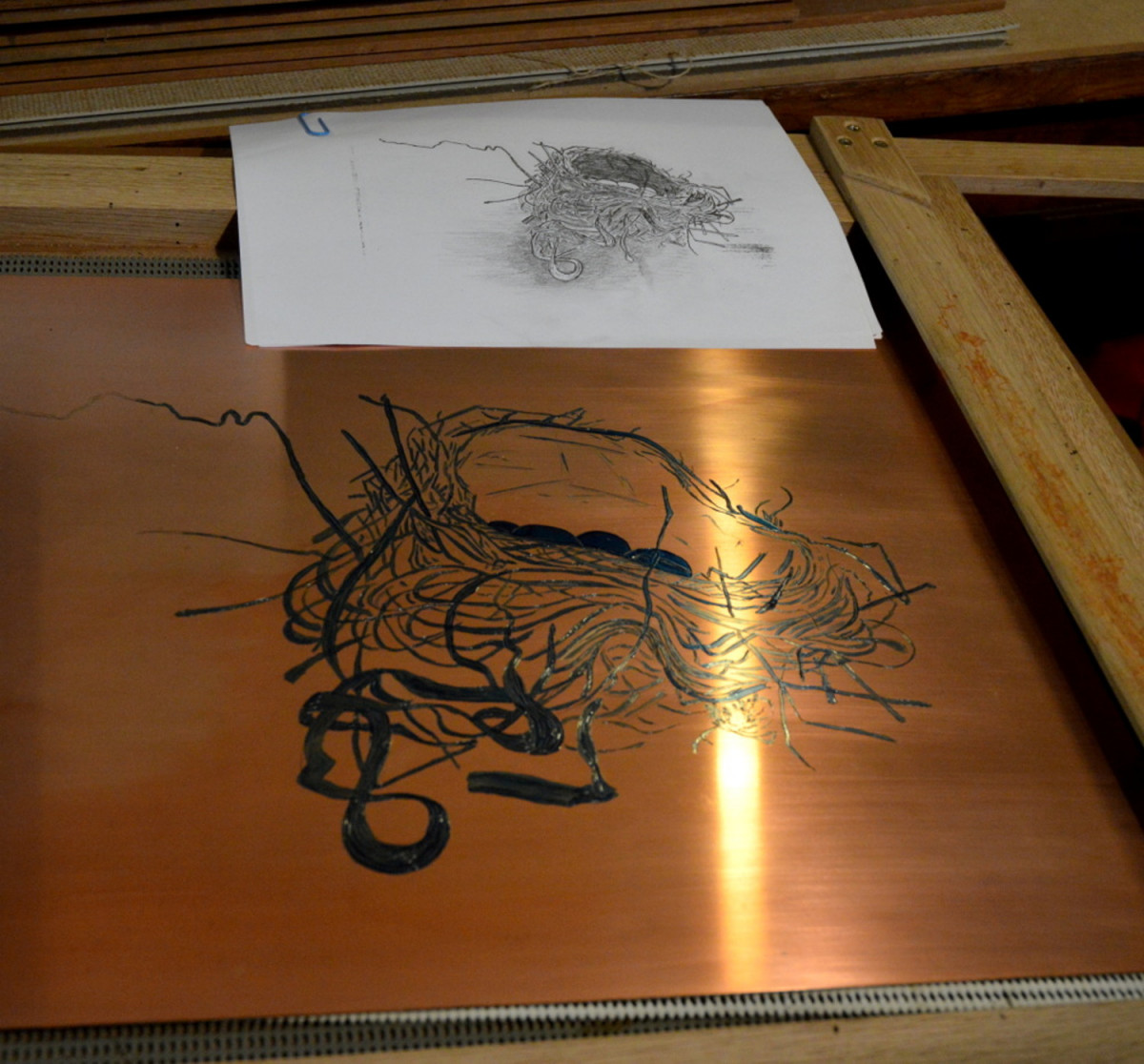
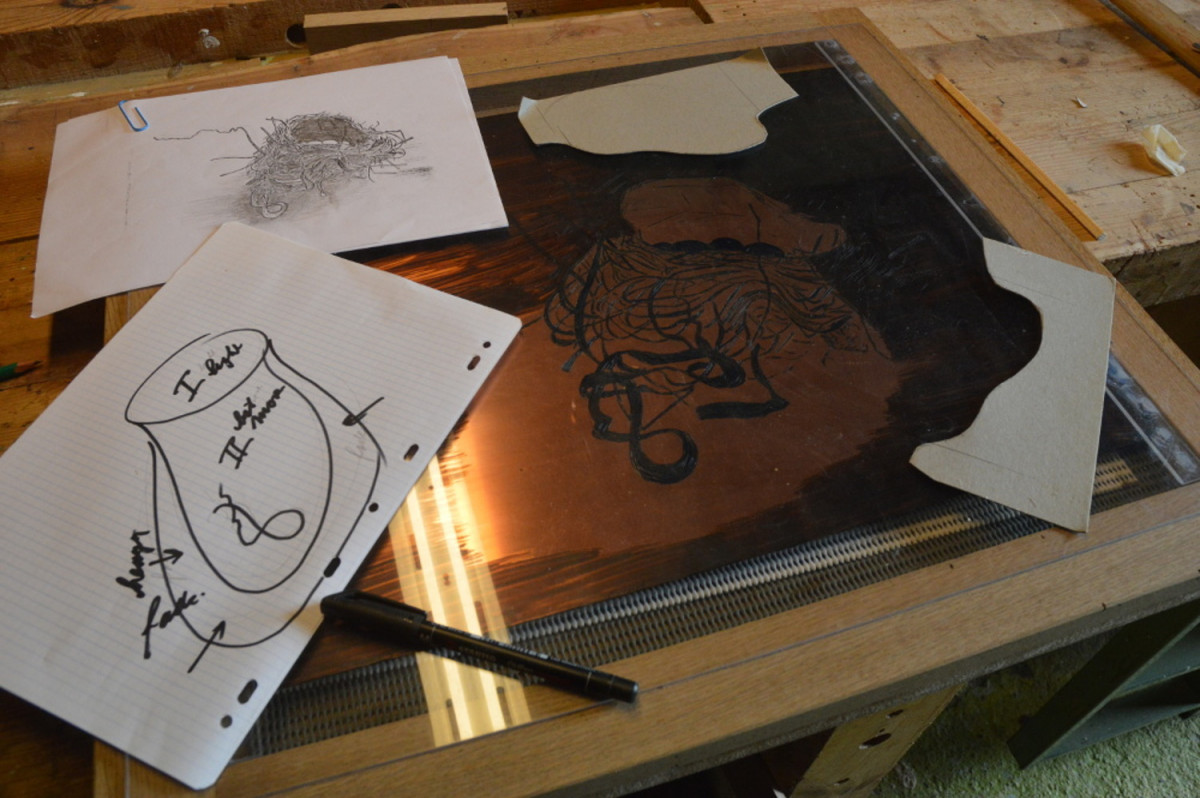
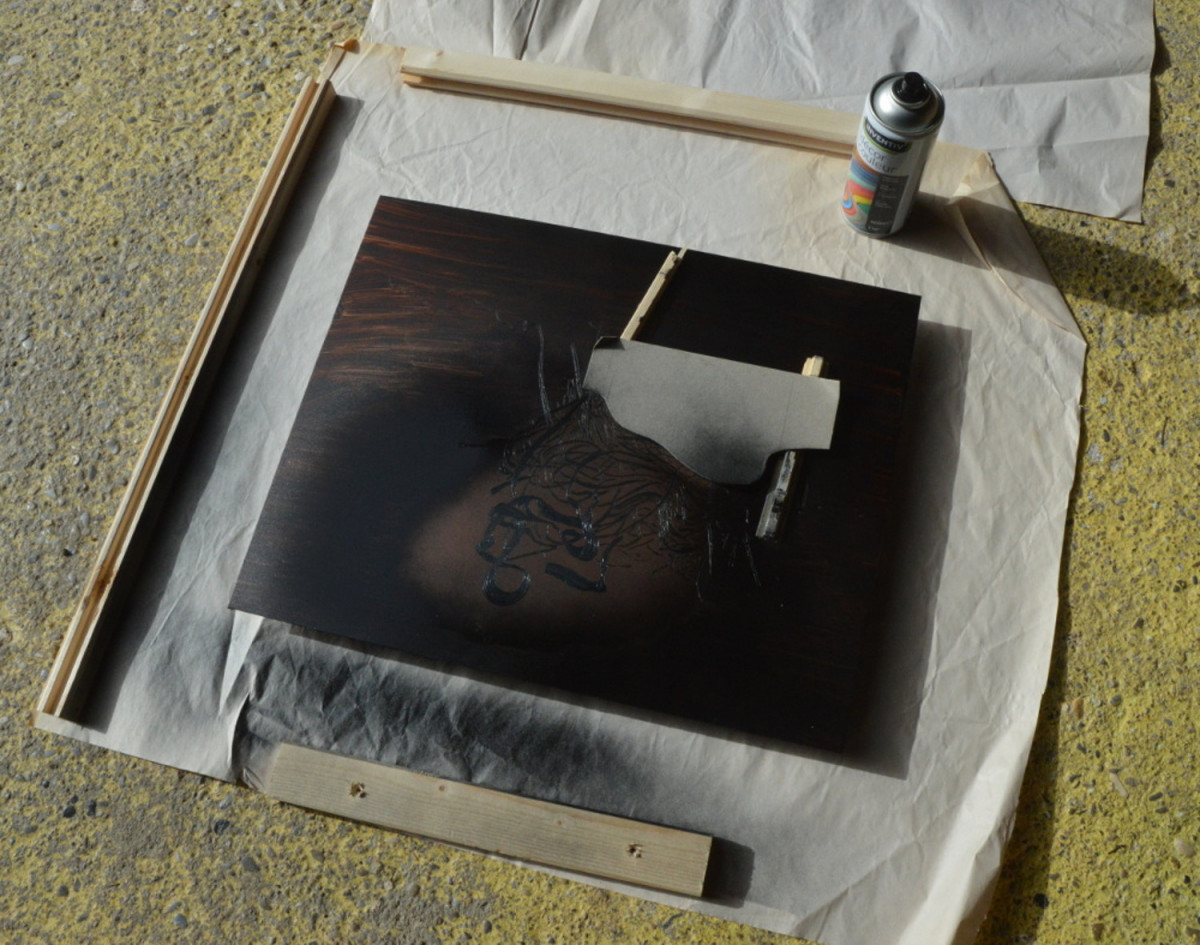
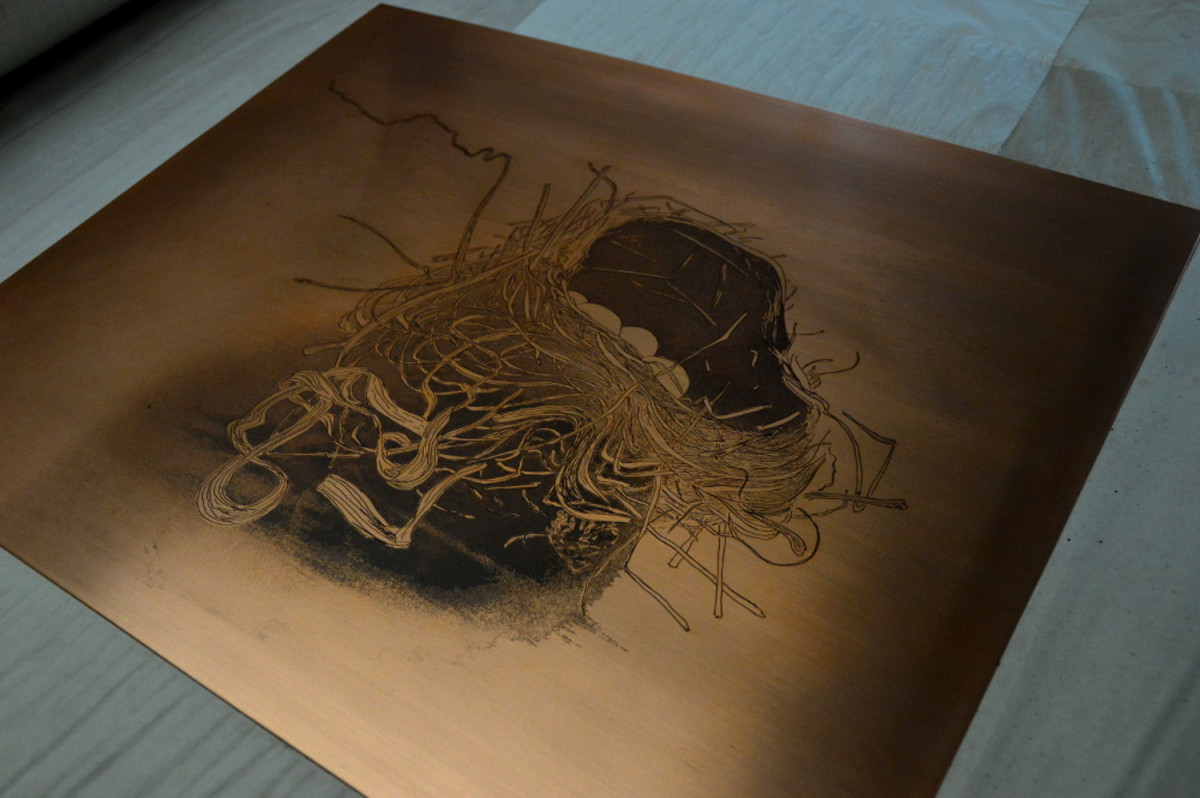
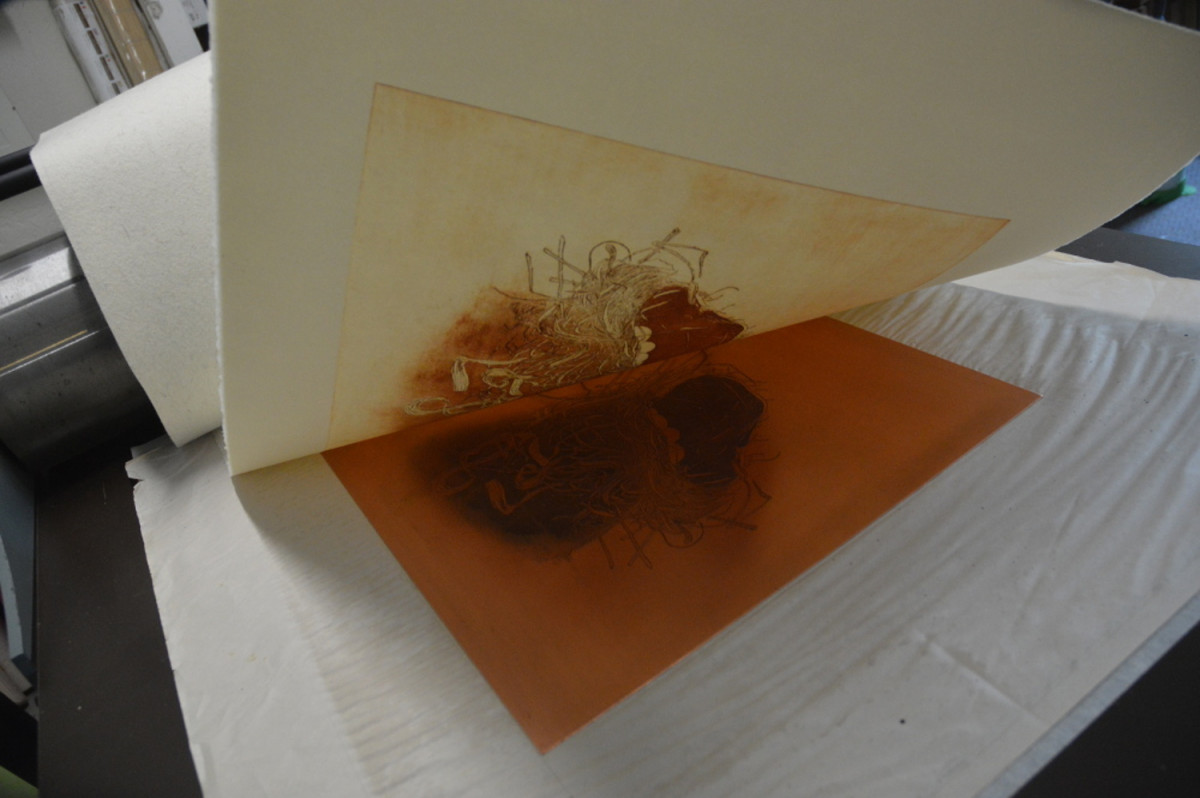
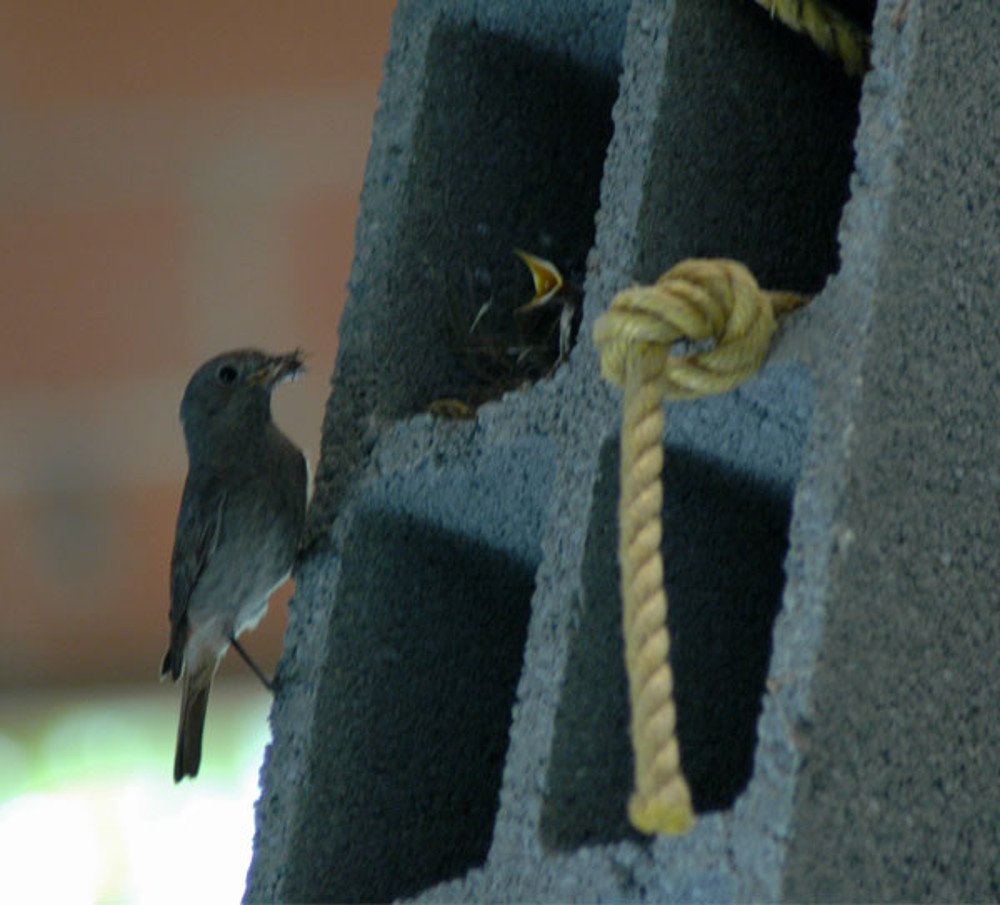
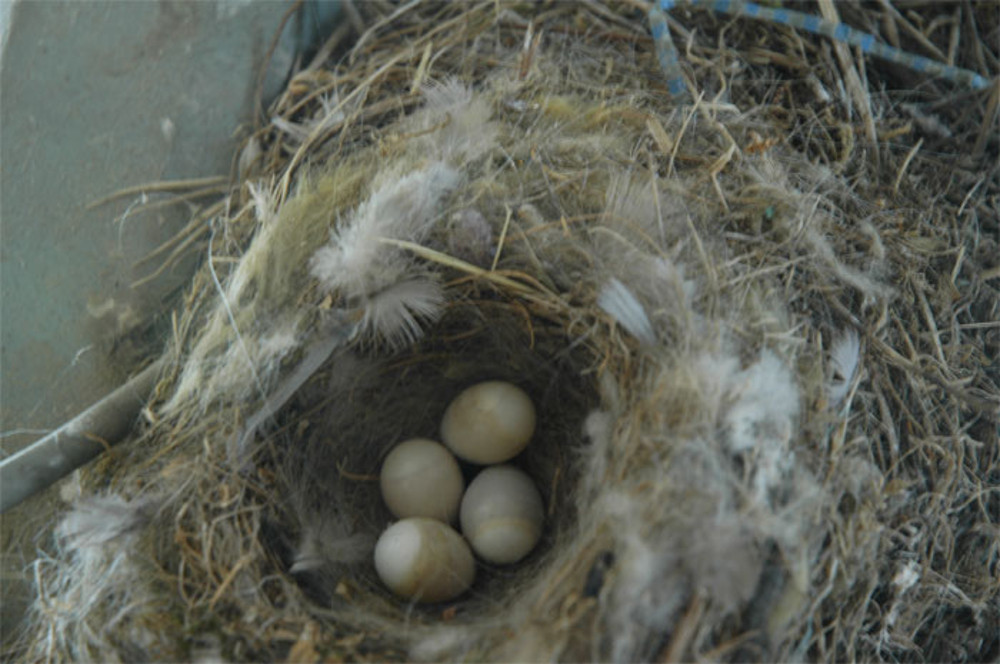
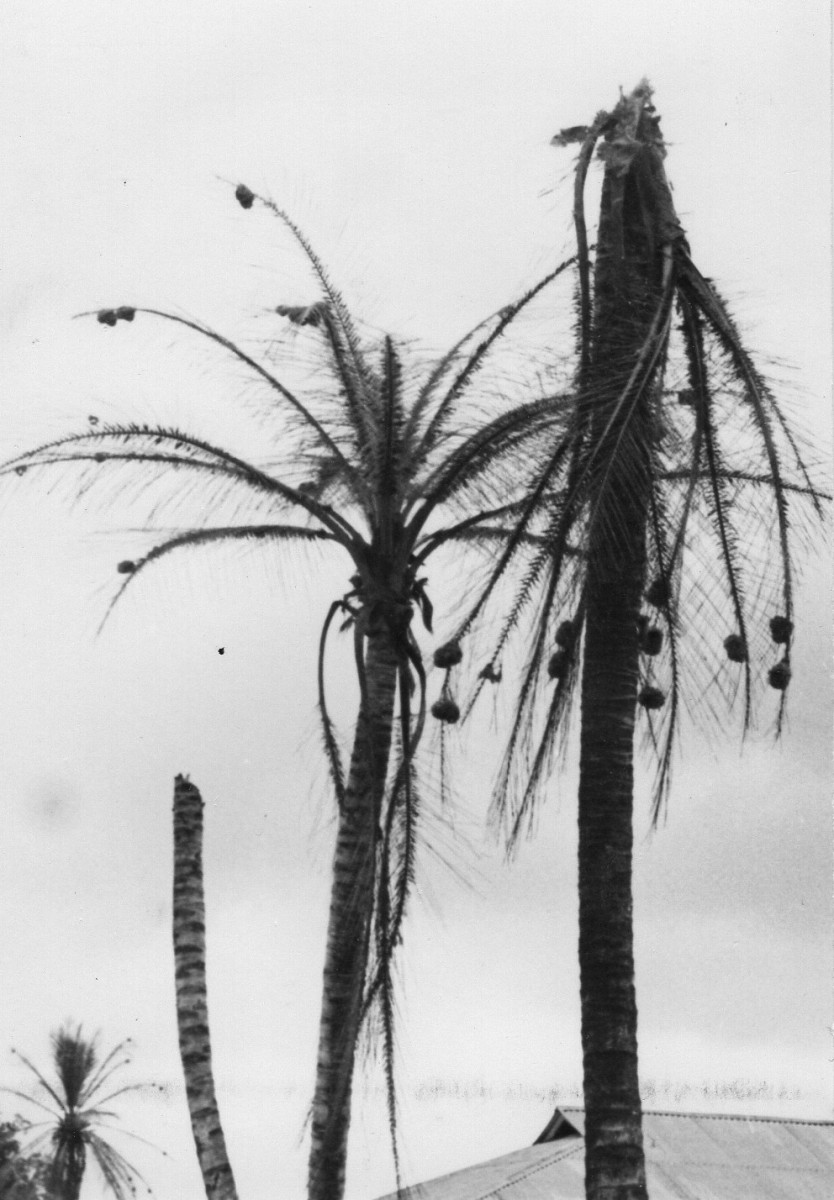
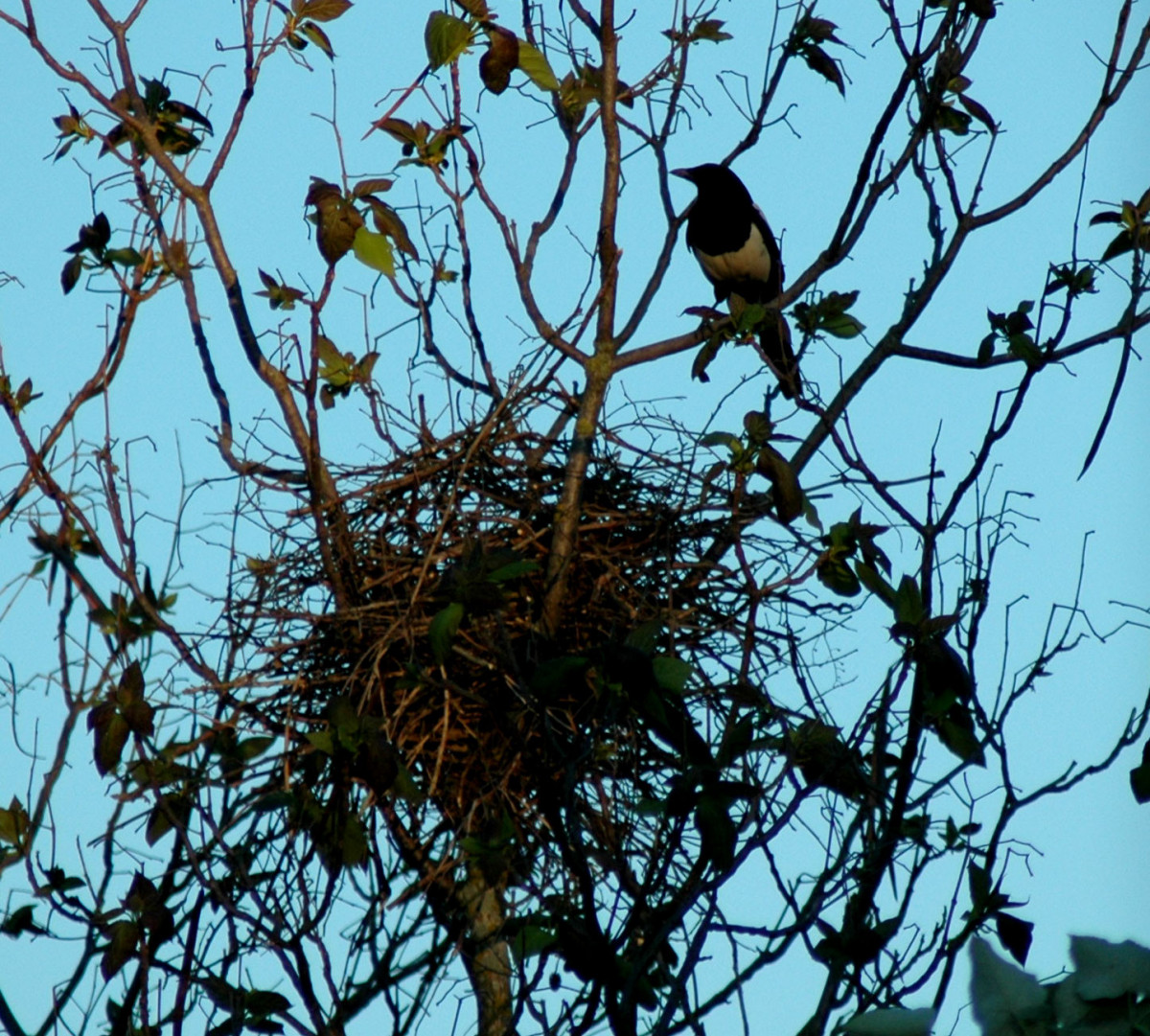
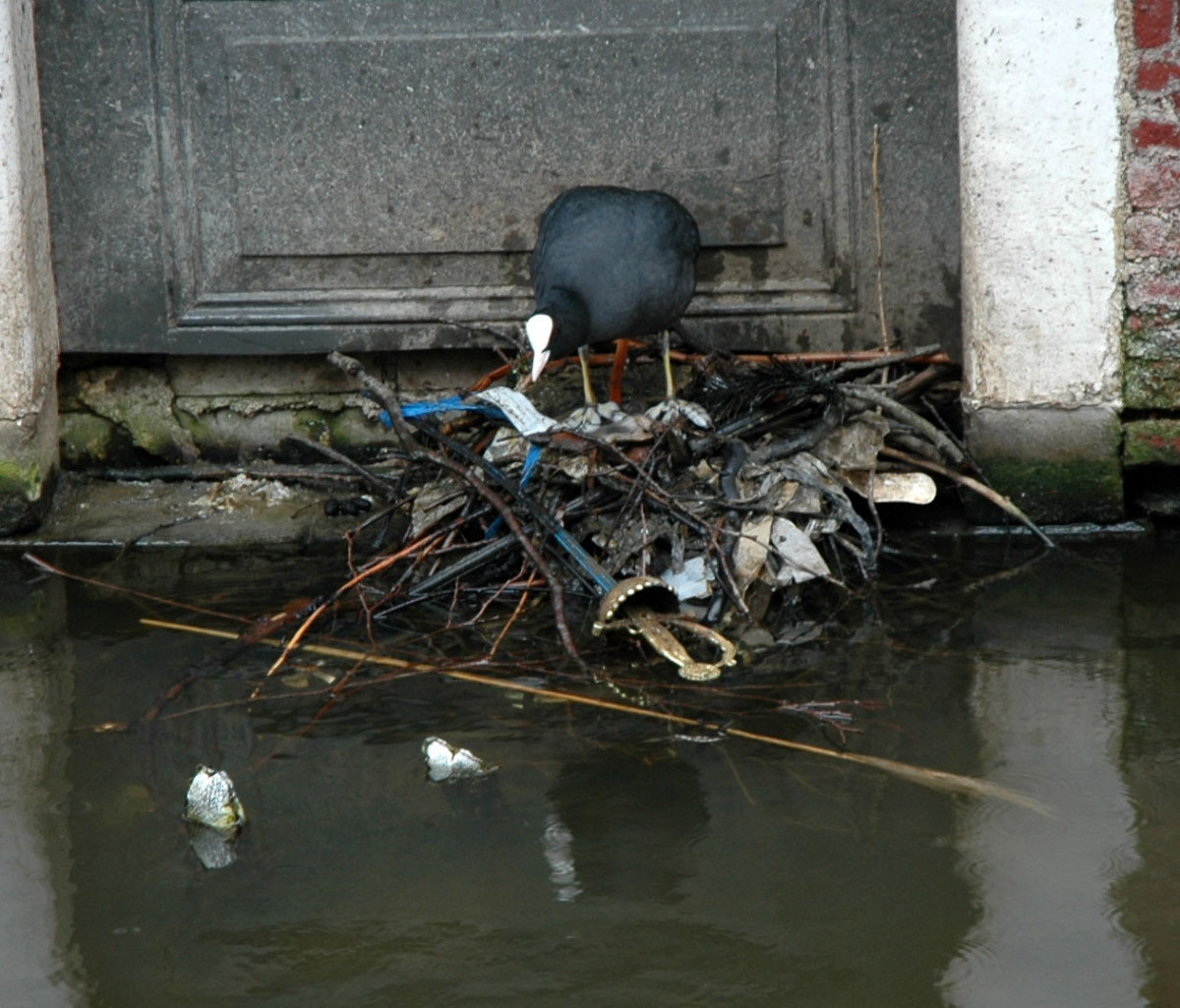
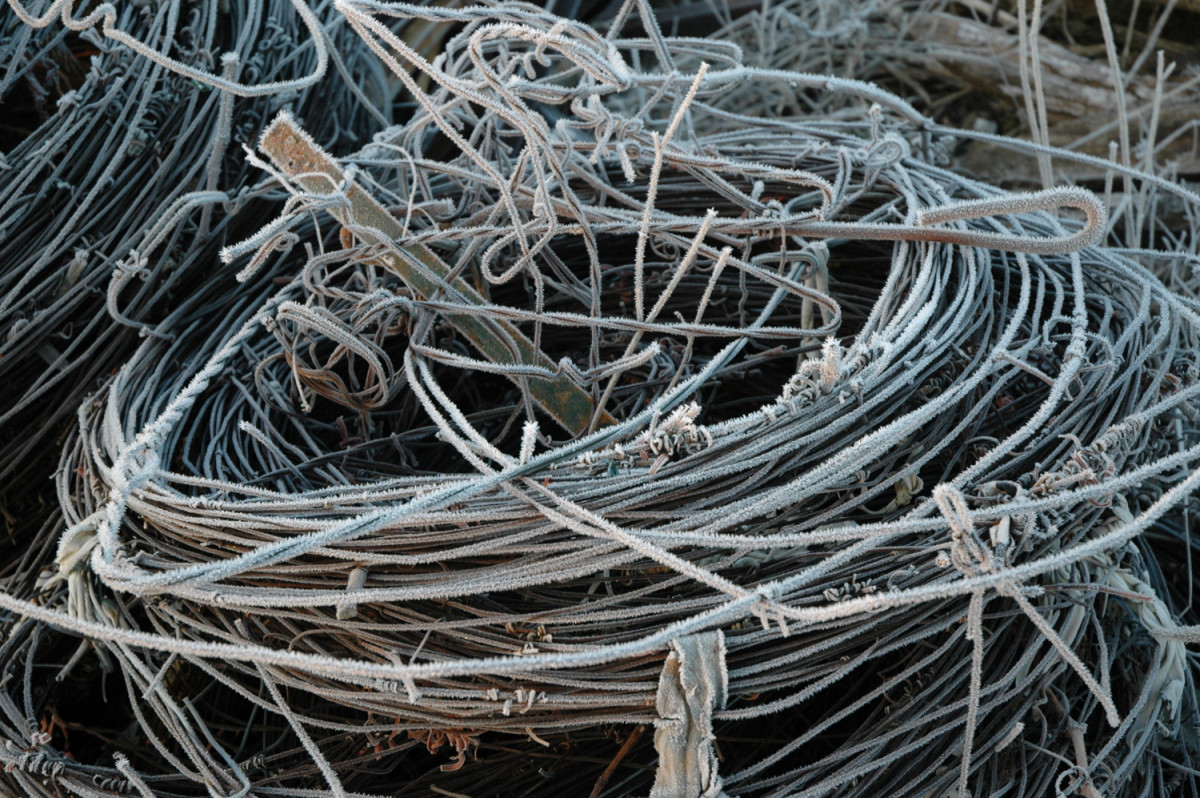
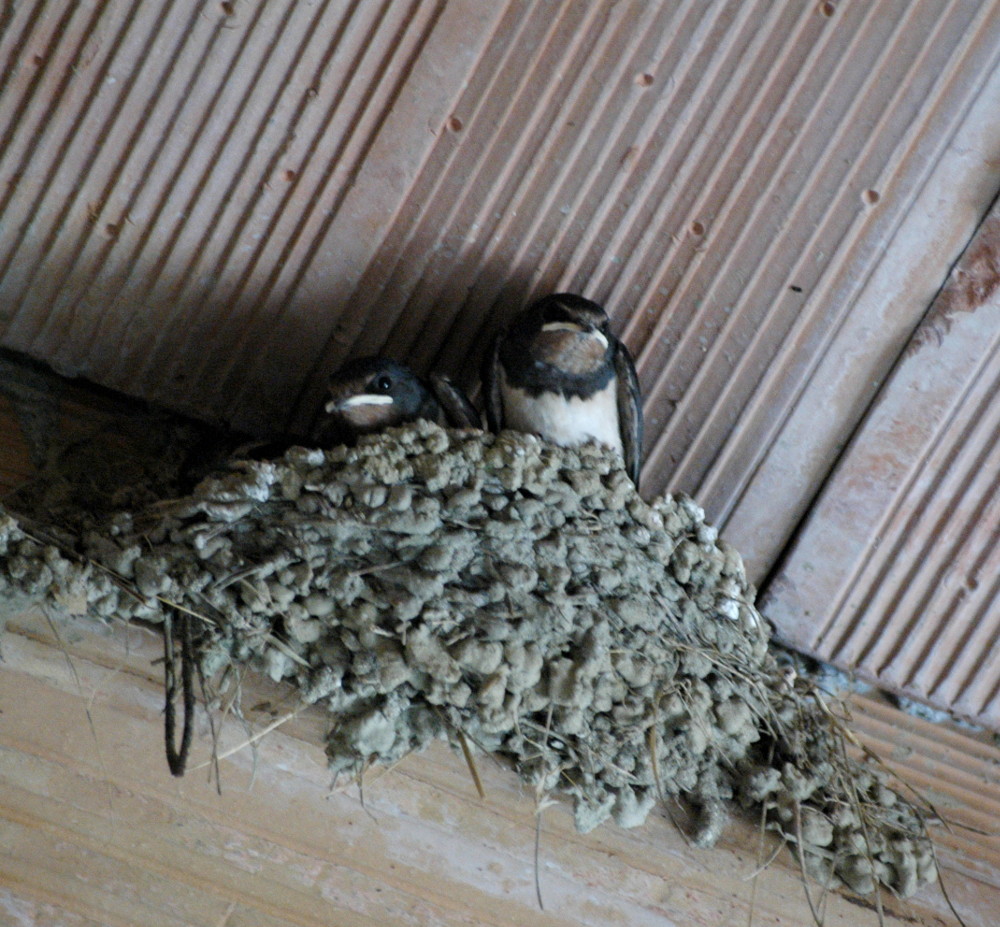
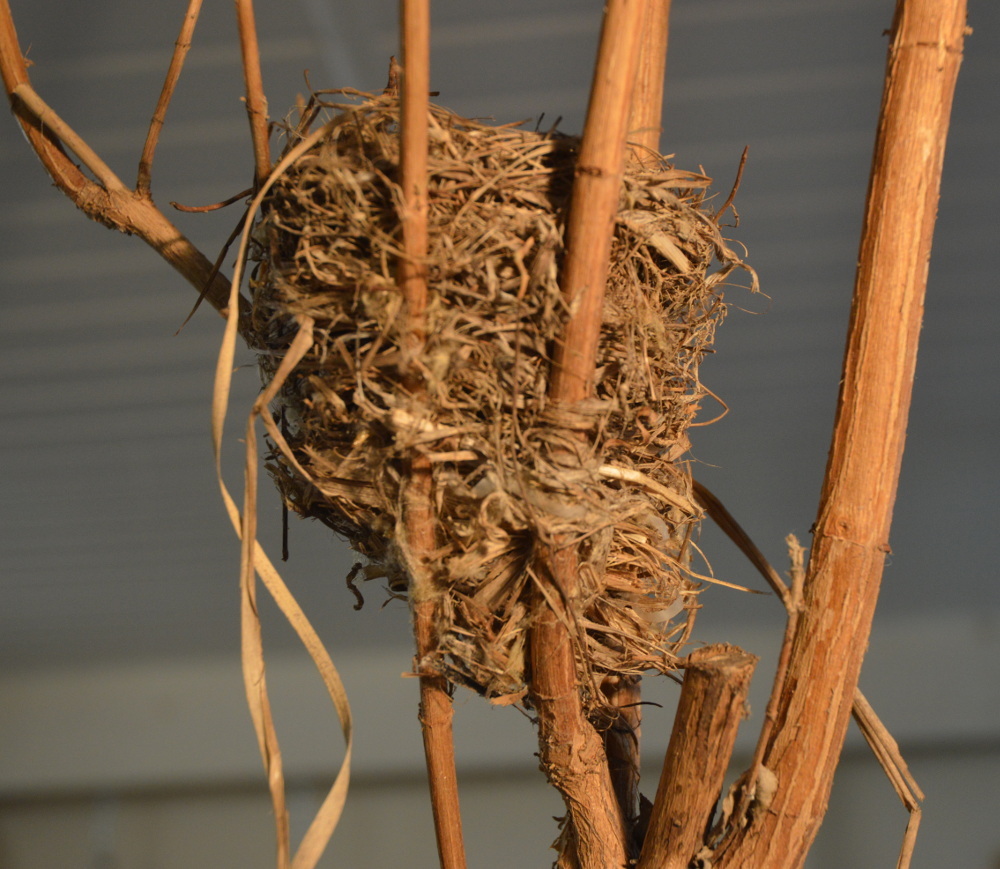
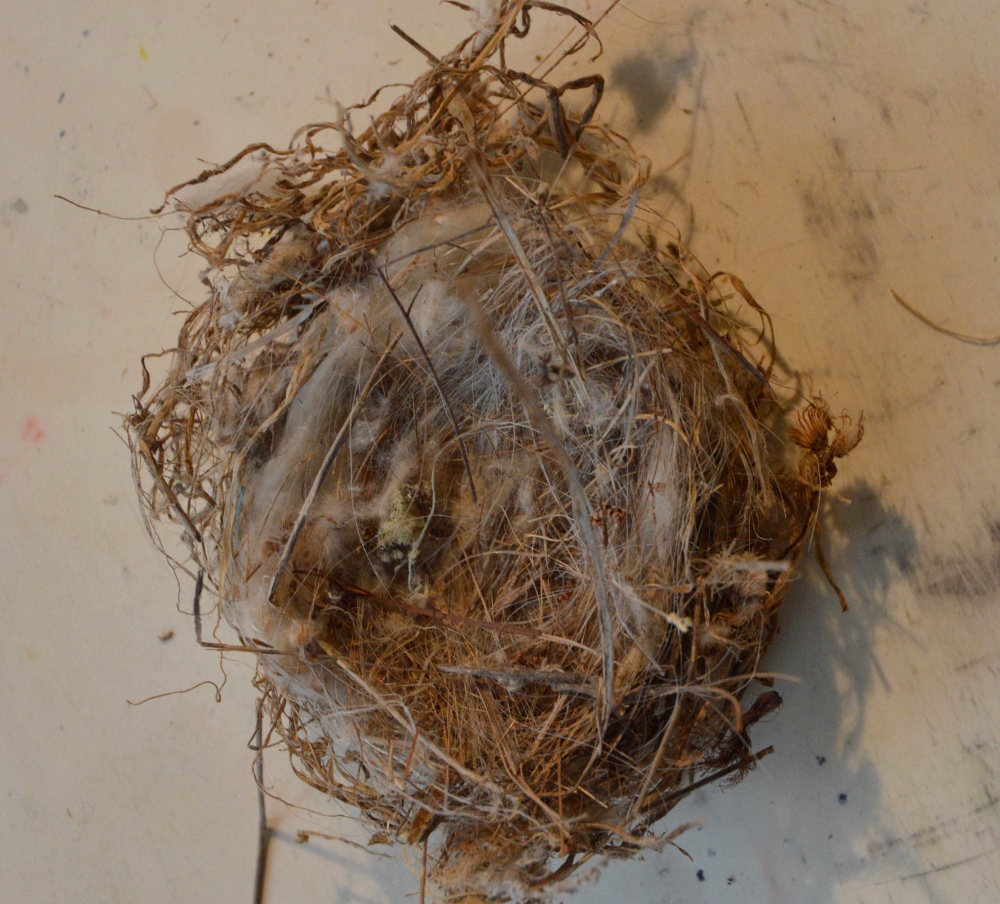
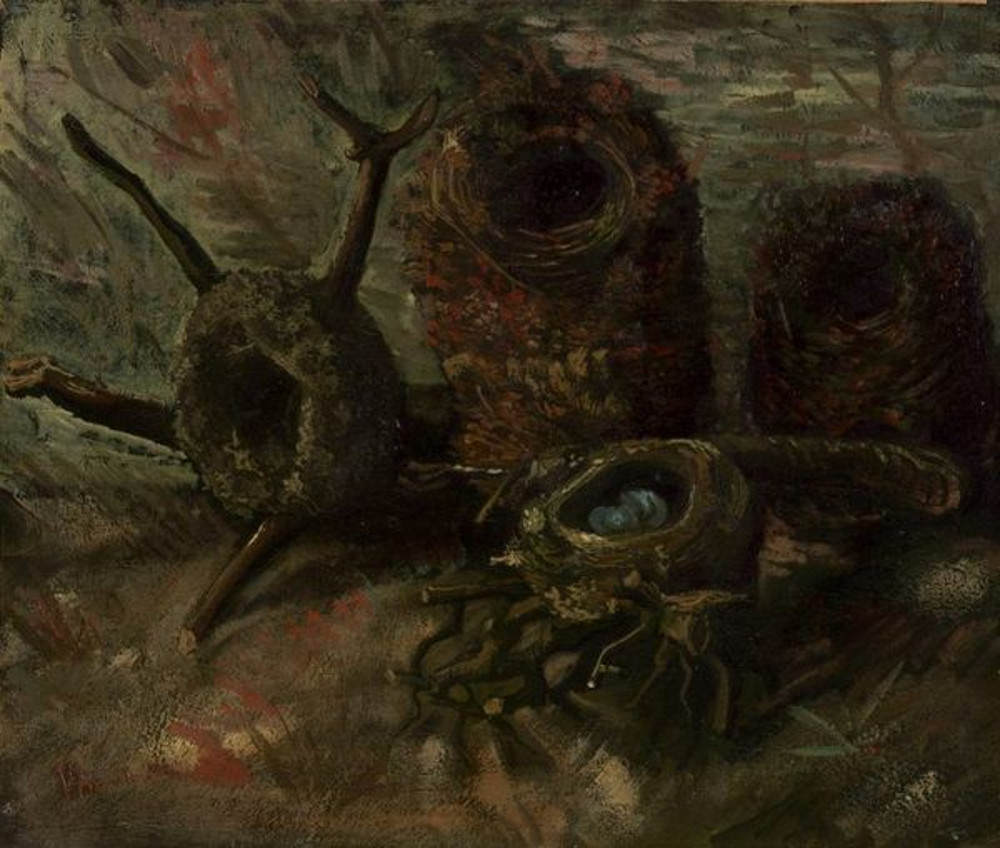
Woodcuts
wouter@acwwoodcuts.com
42 Rue Grand'Rue
11240 Belvèze du Razès
France +33 (0)4 30 07 30 80